Hey there, garden friends! I’ve been growing Astrantia (also known as Masterwort) in my garden for years now and one of the most common questions I get is about their winter behavior. Let me share what I’ve learned about these lovely perennials and their winter habits.
The Short Answer
Yes, Astrantia does die back in winter! As a herbaceous perennial, it naturally loses its above-ground parts during the cold months, but don’t worry – the roots stay alive underground, ready to sprout again in spring
Understanding Astrantia’s Yearly Life Cycle
Here’s how these beauties progress through the seasons:
Spring (March-May)
- New shoots emerge from the ground
- Fresh green foliage appears
- Plant begins preparing for summer blooming
Summer (June-August)
- First flowers appear in June
- Peak blooming period
- Can get a second flush of flowers with proper care
Autumn (September-November)
- Blooming slows down
- Seed heads form
- Foliage starts to decline
Winter (December-February)
- Above-ground growth dies completely
- Plant goes dormant
- Roots and crown survive underground
Why Does Astrantia Die Back?
Look, it’s totally normal for these plants to die back – it’s just their way of surviving winter! Here’s why they do it:
- Protects vital parts from frost damage
- Conserves energy during low-light months
- Natural response to shorter days
- Helps survive when nutrients are less available
- Smart survival strategy for harsh conditions
Winter Care Tips
I’ve learned some tricks to keep my Astrantias happy during winter:
Do’s:
- Leave dead foliage in place until March
- Apply mulch around plants (about 2-4 inches)
- Keep soil slightly moist during dry spells
- Mark plant locations to avoid accidental digging
Don’ts:
- Don’t cut back in autumn
- Don’t overwater during winter
- Don’t remove mulch too early in spring
- Don’t forget where you planted them!
Spring Revival Tips
When spring comes around, here’s what I do:
- Cut back old growth in March
- Add fresh compost or organic mulch
- Watch for new shoots emerging
- Water if spring is particularly dry
Troubleshooting Winter Issues
Sometimes things don’t go as planned. Here’s what to watch for:
Normal Signs:
- Complete dieback of foliage
- Brown, dried stems
- No visible growth above ground
Warning Signs:
- Mushy crown before winter
- No spring growth by May
- Rotting smell from the base
- Extremely slow spring emergence
Pro Tips from My Garden
After years of growing these beauties, here’s what works best:
- Plant in well-draining soil – they hate wet feet!
- Give them partial shade – they’ll thank you for it
- Water regularly in summer – keeps them strong for winter
- Don’t panic when they disappear – they’ll be back!
Final Thoughts
Astrantia dying back in winter is totally normal and nothing to worry about! Just remember, these tough little plants know what they’re doing. Give them the right care, and they’ll reward you with gorgeous blooms year after year.
Got questions about your Astrantia? Drop them in the comments below – I’d love to help you out!
P.S. – If you’re like me and love watching your garden come back to life in spring, Astrantia won’t disappoint. Just make sure you’ve marked where they are – I’ve definitely accidentally dug up a few dormant plants in my time (oops)!
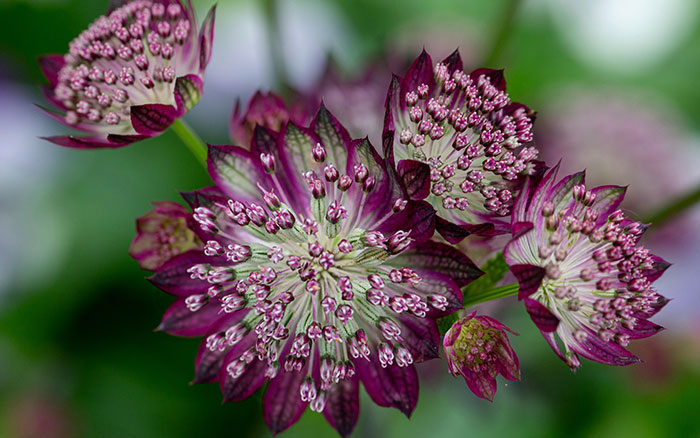
Latest from Wisconsin Yard & Garden
If you’re unable to find the information you need, please submit your gardening question here:
Featured Articles by Season
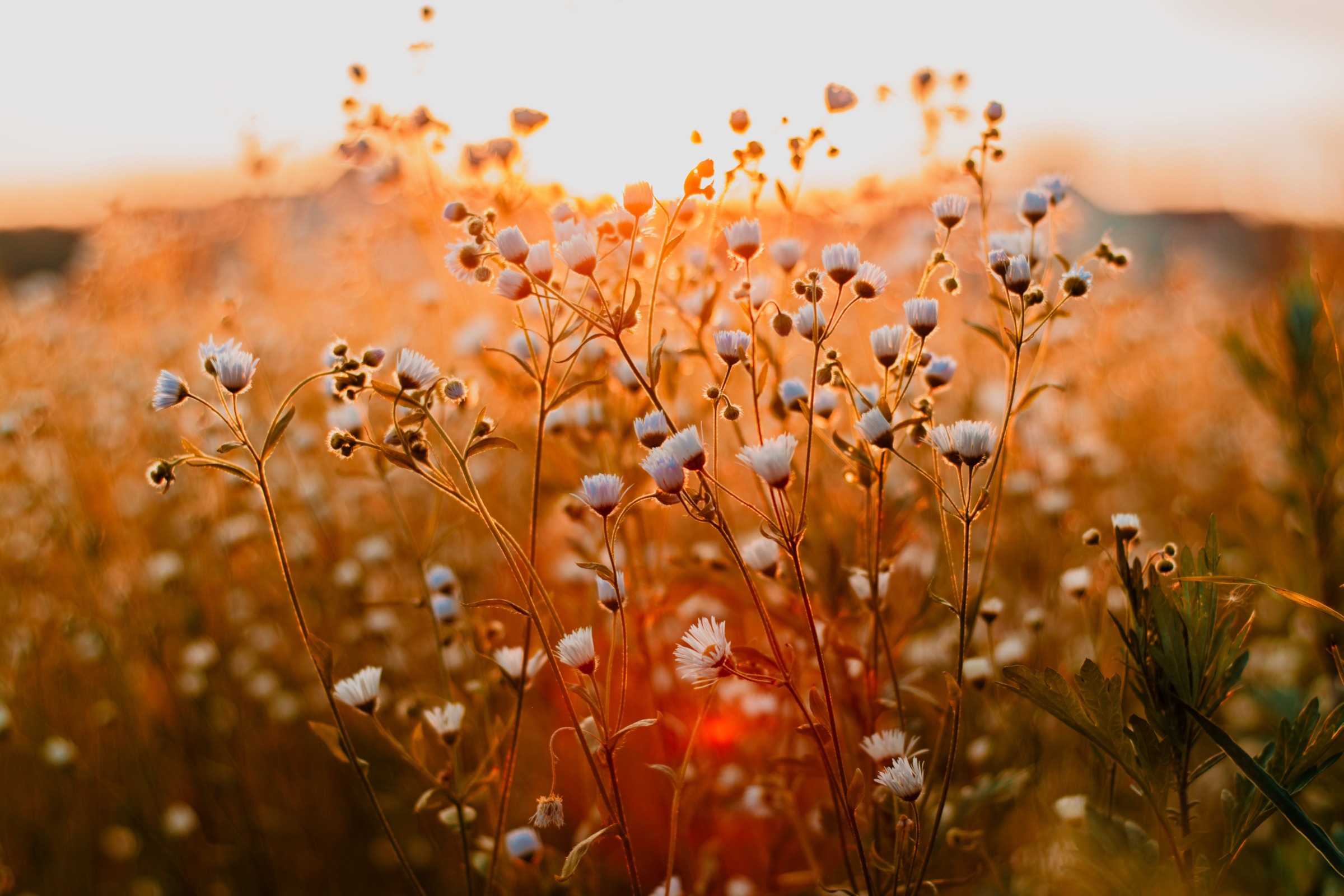
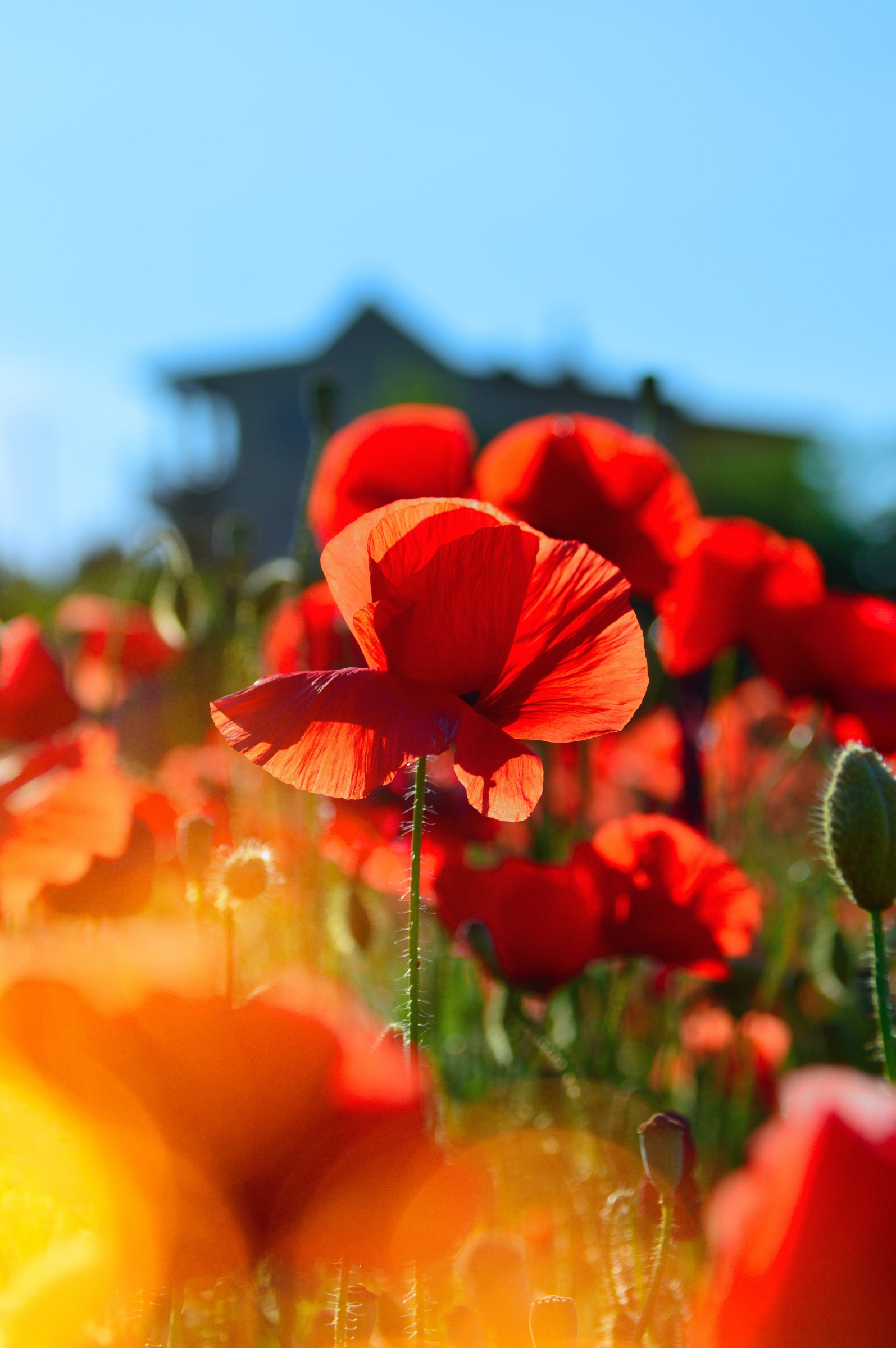
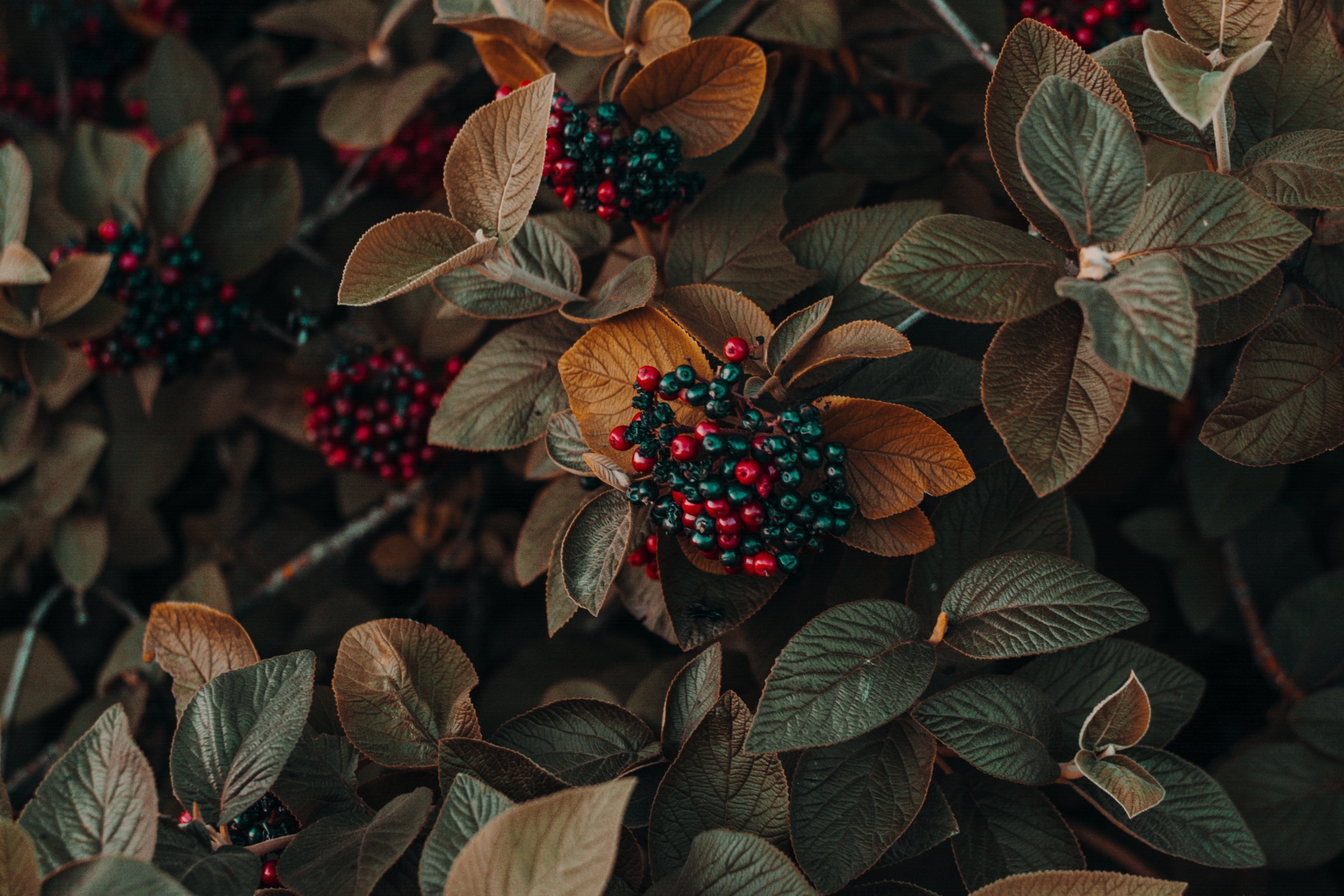
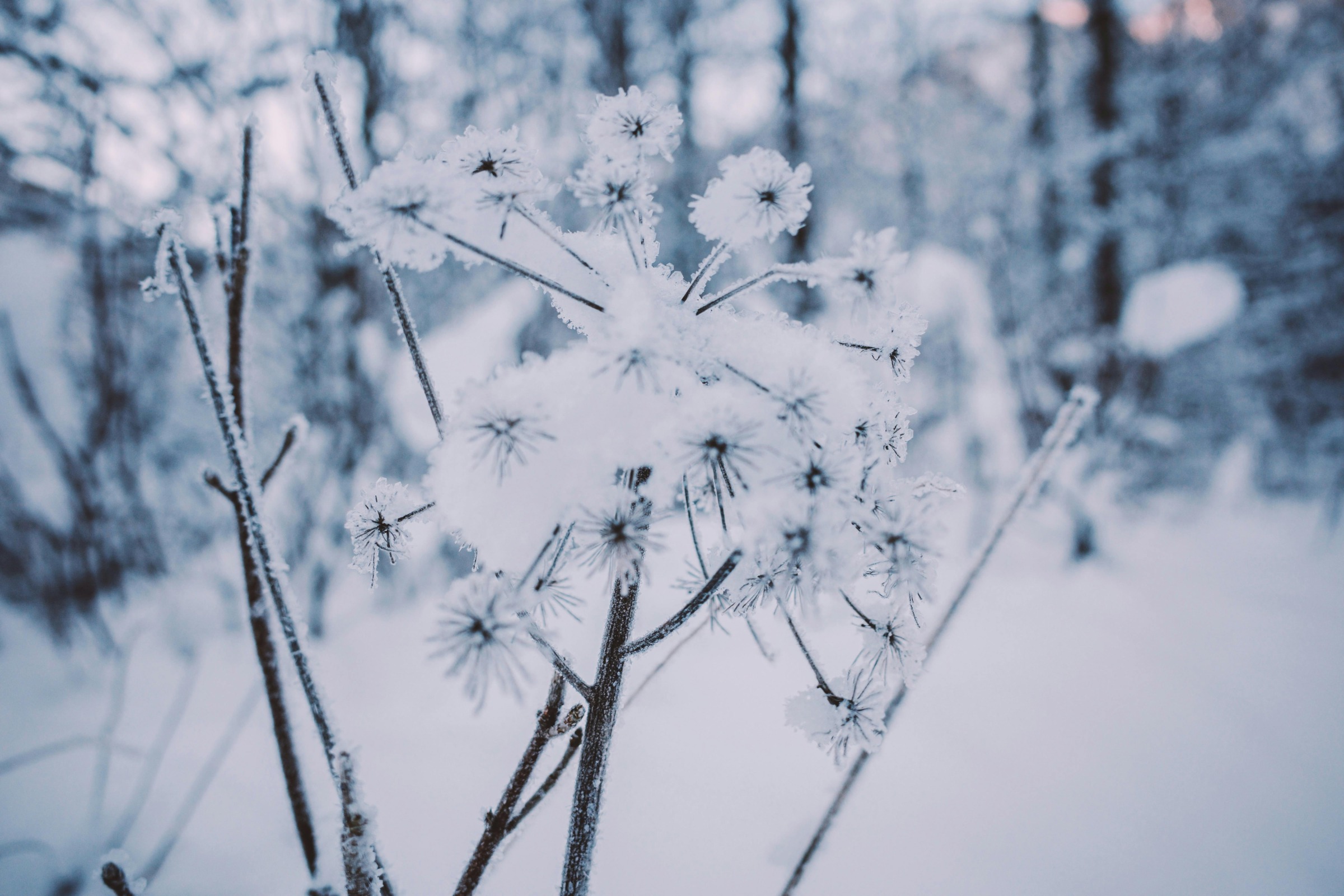
Astrantia Autumn Cut Back
FAQ
Do astrantias die?
Over the winter, Astrantia will naturally die back. You can encourage new growth and a late crop of flowers by cutting back astrantias to the ground after they have finished blooming. Self-seeding astrantias aren’t widely dispersed, but they’re still common. After flowering, Astrantias can be revitalized by cutting them back close to the ground.
Do Astrantia flowers reappear in autumn?
Some varieties will flower in spring and them flower again in Autumn, Ruby Wedding is one of these. Astrantia are a shade loving plant that do well in a humus rich soil. They will die right back in winter, however they reappear early in spring, foliage and flowers all in the shade.
Can Astrantia be cut back?
“Astrantia can be cut back after their first flush of flowers, as most varieties will then re-flower the same year,” explains Caroline Samuel from Letham Plants. As the first flush of flowers begin to fade and before they go to seed, simply take a clean, sharp pair of secateurs or gardening shears and cut off the flowering stems at the base.
Do astrantias need staking?
Water the plant thoroughly and keep watering through the first summer, especially if you have a free-draining soil. Add organic matter to increase soil fertility and conserve moisture. The plants won’t need staking. Astrantias require very little care. Cut the foliage and flowers hard back in autumn or spring. Plants require no support.
When should I trim my Astrantia?
Trim away spent flower stems after they have finished blooming to encourage more blooms in the following year. Leaf trimming can be done during the growing season to rejuvenate tired-looking foliage. The appearance of new, fresh foliage is expected to be noticeable soon. Over the winter, Astrantia will naturally die back.
Do astrantias grow well in November?
Also Read: Astrantia Hardiness Zone: A Guide to Know Where Astrantia Thrive! November is the best time to prune faded flower stems to close to the ground. In addition, Astrantias are excellent cut flowers for growing under trees, along a stream bank, or on a moist garden border.
